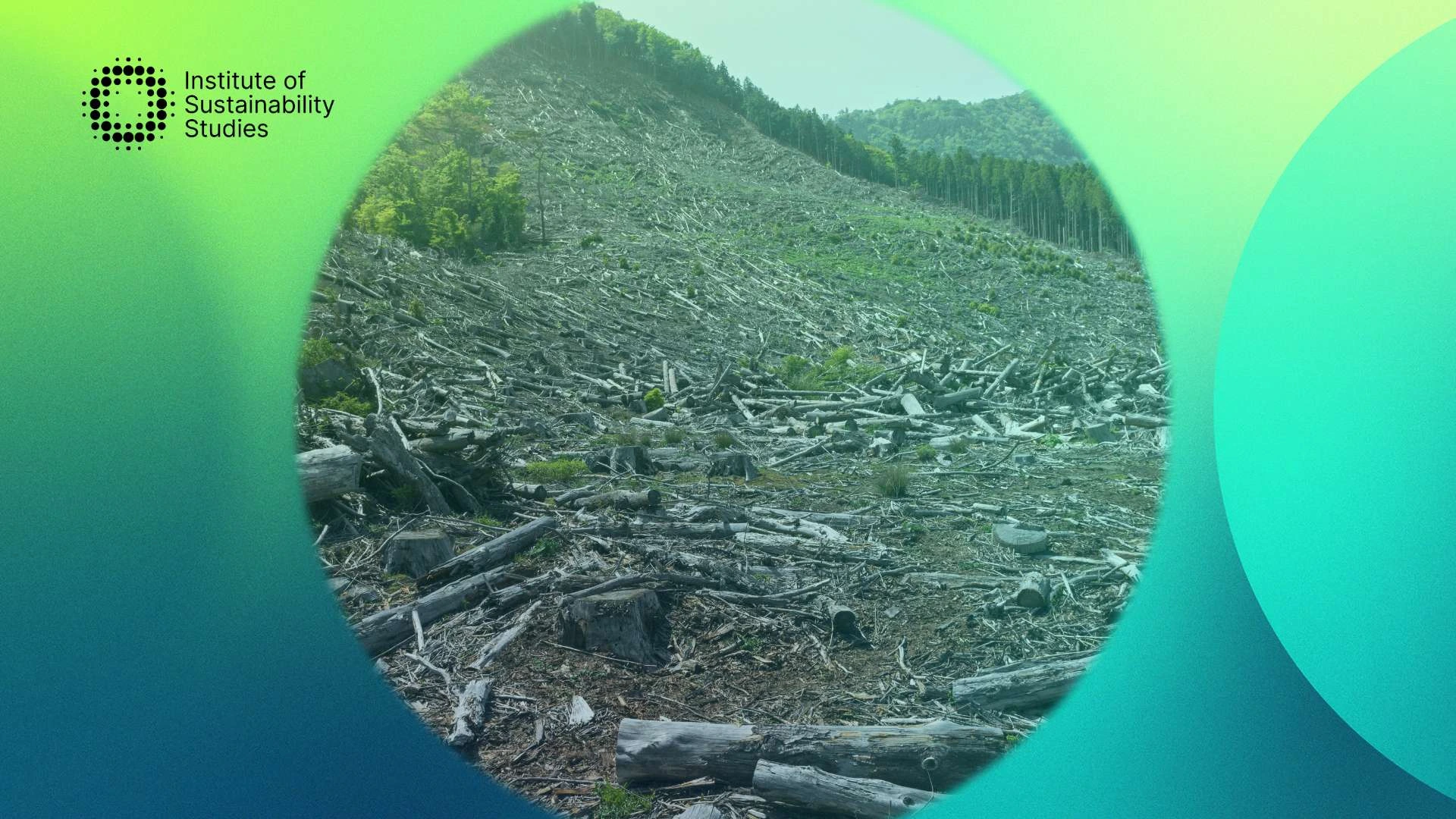According to the Global Footprint Network, humanity is using natural resources 1.75 times faster than the Earth can regenerate, illustrating the strong need to consider the degrowth approach in a sustainability strategy.
Advocates argue that this approach of prioritising the environment and well-being over financial expansion can bring this rate within sustainable limits by reducing consumption and production. By challenging the prevailing economic paradigms, it offers a vision of societies that live within the Earth’s limits, fostering collaboration, circular economies, and local production. Below, we delve into the history of degrowth and its key principles.
What is degrowth?
Coined in 1972 by Austrian-French social philosopher André Gorz, degrowth is a movement that initially started to take off in the early 2000s. It evolved as a theoretical idea in the late twentieth century in the context of growth economies that have led to overconsumption, overproduction, and inappropriate production and consumption.
The concept is that by pursuing degrowth policies, economies can support themselves, their citizens, and the planet by becoming more environmentally friendly. Modern degrowth protagonists argue that society’s current economic model is not sustainable, and so this has sparked conversations about rethinking growth.
It aims to recreate and reframe economies that respect the planet’s limits to achieve socio-political equity and ecological sustainability. Moreover, rather than monetary relations and values, which are usually central to growth, degrowth societies and economies would be oriented around social and ecological values. The movement is committed to creating a world whereby we respect Earth’s limits.
Key aspects of degrowth
Below we take a deeper dive into the main principles of degrowth.
- Sustainability: The main aim of degrowth is to ensure our socio-economic activities do not exceed the environmental limits of Earth. It advocates for living within the means of our ecological capacity to ensure the well-being of not only present but future generations.
- Collaboration: Degrowth promotes collective actions and working together because communities can build resilience, tackle common issues, and distribute resources more equitably.
- Circular economy: The degrowth movement works to drive the acceleration to a circular economy which focuses on reusing, repurposing, and recycling items to extend their life and value.
- Useful production: Degrowth critiques the idea of producing unnecessary or harmful goods, advocating instead for products and services that truly contribute to well-being.
- Relational goods: This movement emphasises the importance of goods that gain value through interpersonal relationships and social interactions such as shared cultural experiences.
- Localising production: Degrowth advocates for local production to reduce the need for long supply chains. The aim of this is to curb transportation emissions and strengthen local economies so communities can regain control over their economies and reduce their ecological footprints.
Conclusion
The World Counts reports that we have already used a third of nature’s resources. As we continue to consume at current rates, it is estimated that we will need 1.75 planets to sustain our consumption and absorb our waste. By 2030, this figure is expected to rise to two planets, despite the fact that we only have one.
Clearly, this trajectory is unsustainable, and one way to address it is by exploring alternative economic systems that move us away from overproduction and overconsumption. Degrowth offers a potential pathway by challenging the traditional paradigm of continuous growth and advocating for a model that prioritises environmental protection and human well-being. Embracing the degrowth ideology could be pivotal in building resilient societies capable of sustaining both people and the planet for future generations.
Shruthi is a dedicated digital marketer whose passion for all things digital drives her to leverage her skills to design campaigns that resonate with audiences and drive meaningful engagement, with a people-first marketing approach. Committed to eco-conscious living, she reduces her carbon footprint through mindful resource use, inspiring others to embrace sustainable choices.
- Shruthi Prakashhttps://instituteofsustainabilitystudies.com/insights/author/shruthi-prakash/
- Shruthi Prakashhttps://instituteofsustainabilitystudies.com/insights/author/shruthi-prakash/
- Shruthi Prakashhttps://instituteofsustainabilitystudies.com/insights/author/shruthi-prakash/
- Shruthi Prakashhttps://instituteofsustainabilitystudies.com/insights/author/shruthi-prakash/










